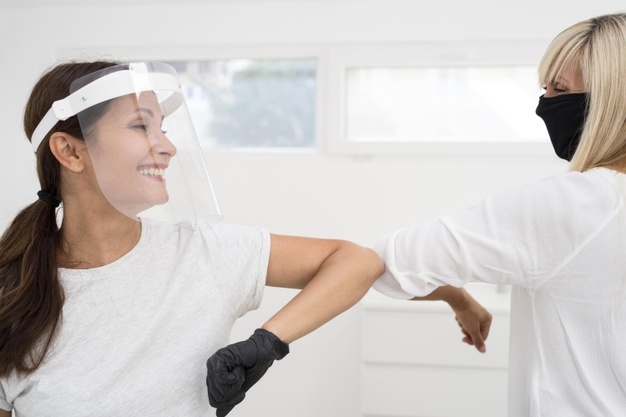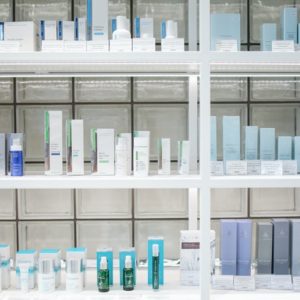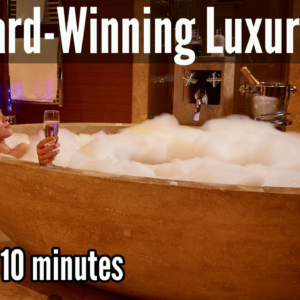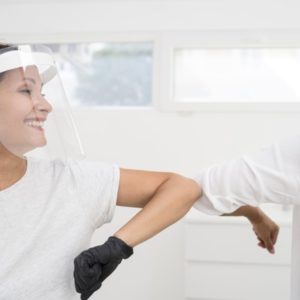Three Retro Spa Practices That Have Made a Comeback

Smith Travel Research (STR) is a highly regarded hospitality analytics firm founded in 1985. In 2010, during the last recession, they performed a snapshot study of US trends in spa performance which was presented at SpaExec.
During that time the average retail dollar per treatment had risen from US$19 to $26 in just one year.
STR vice president Jan Freitag said that the increase indicated that consumers might be substituting at-home spa experiences for expensive treatments in spa facilities.
She also stated, “Hotel and resort spa directors have a renewed focus on retail as a crucial element to their spa’s bottom line”.
Another survey, carried out by ISPA, focused on retail sales and the value of incentives and assistance provided by resource partners. This highlighted the importance for spas to:
1. Boost retail
2. Control inventory
3. Recognize importance of training.
Perhaps with the fear of the recession in the review mirror, many spas fell back into their old ways of not giving the above three areas their due.
Fast forward to today
Jan Freitag’s prescient observations remind us that we’ve been here before. And from a positive perspective we have another opportunity to get it right.
But here’s what needs to change-
Product companies would be better served by expanding their education offerings. No one denies that product education is valuable, but in many cases the same knowledge can be found on the internet.
In 2020, presenting the same programs as a new development at industry webinars still does not make it what therapists need to hear.
Training results are measurable. If your team is not realizing an immediate spike in sales and continuous growth, after product training, then you are going down the same rabbit hole as before.
What sells products are relationships. What builds customer retention is relations. That begins with better communication skills. In today’s mask wearing environment, verbal communication and eye contact have never been so important.
Robust sales also come from heightened listening and asking responsive questions. People crave a listening, compassionate ear – that need has quadrupled during this past year. That and human touch. Teach your team to provide those things consistently and sales will go up. Just watch.





